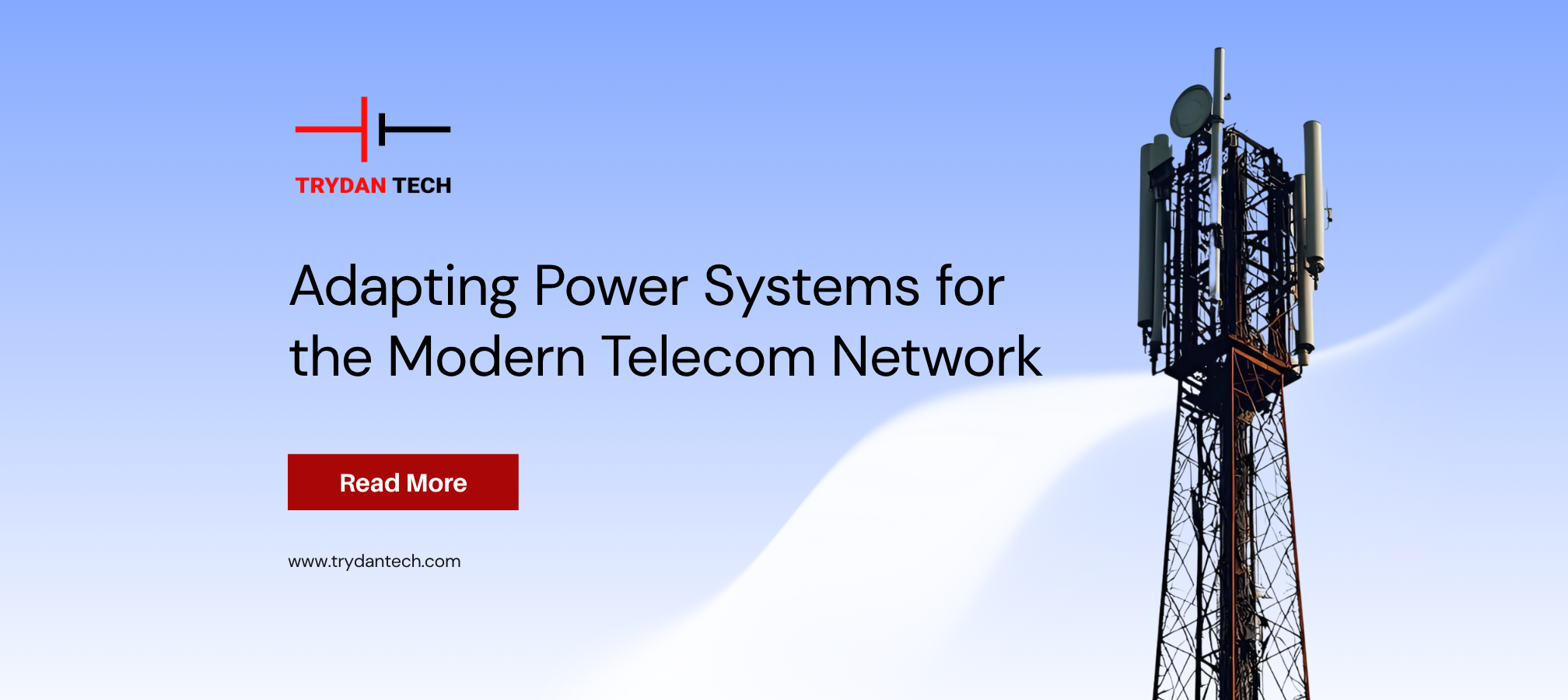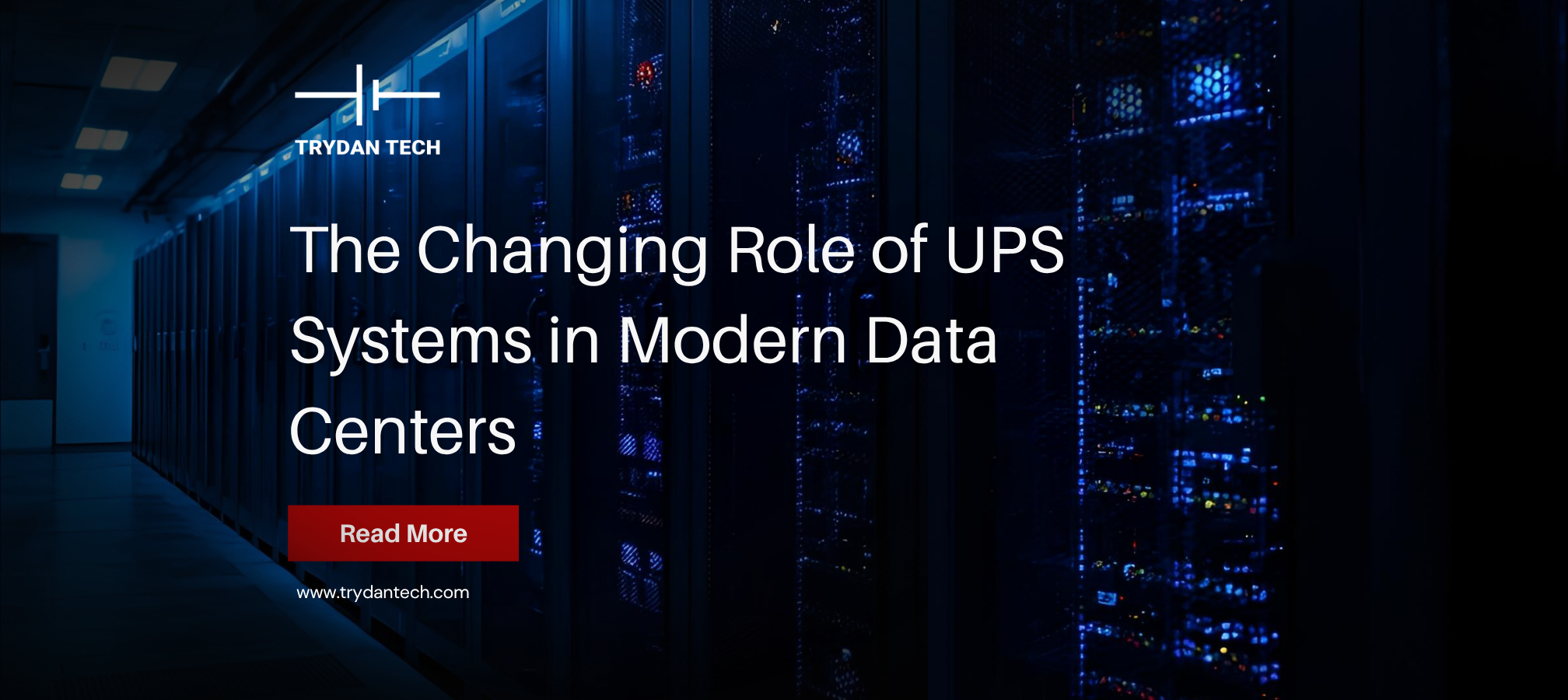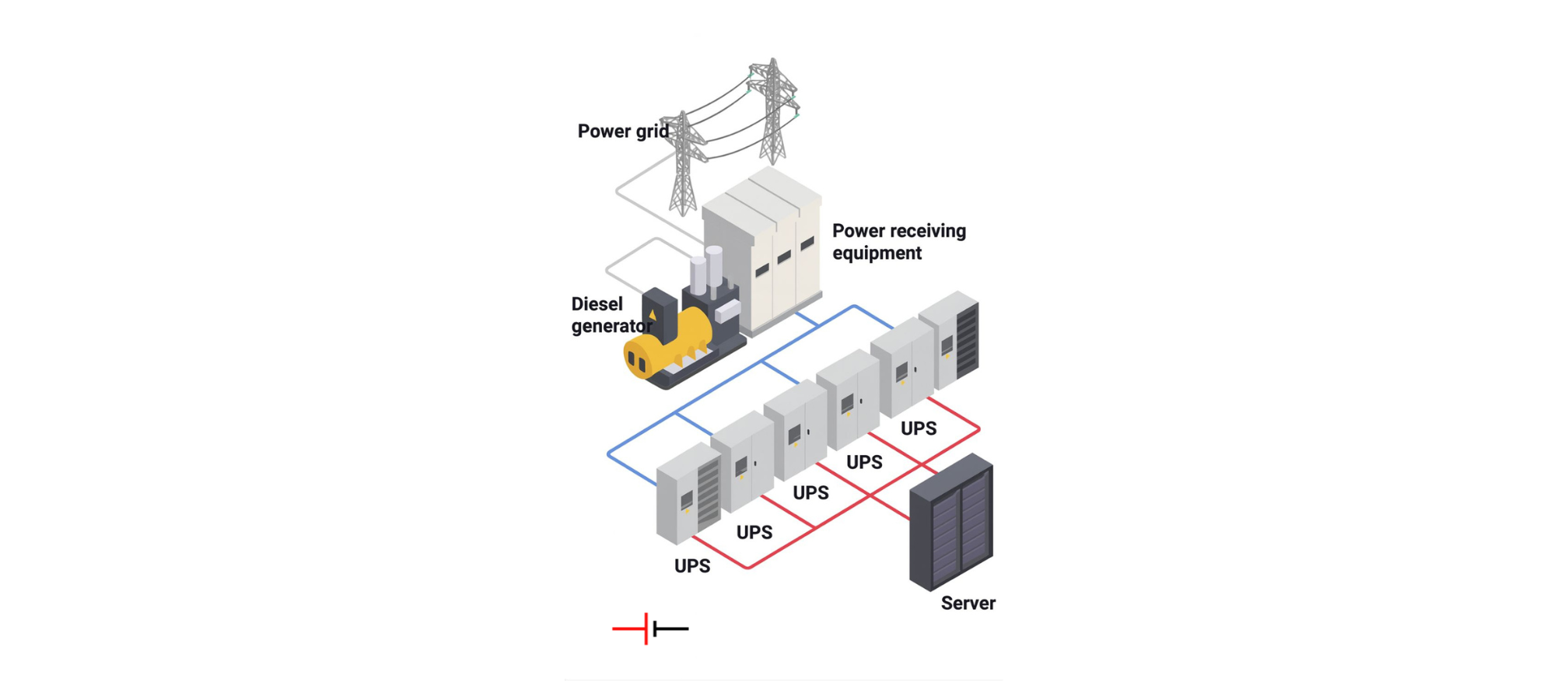
16.10.2025
By Marketing Team

A Uninterruptible Power Supply (UPS) is a system that provides backup power when the main electrical supply fails or fluctuates. It acts as a protective bridge between incoming utility power and sensitive IT equipment, keeping servers, networking devices, and cooling systems running without interruption. In data centers, even a brief power loss can cause major downtime, data corruption, and hardware damage. The UPS ensures that operations remain stable until generators or alternative power sources take over.

Modern data centers operate around the clock, supporting critical services such as cloud computing, AI workloads, and large-scale storage. These environments demand continuous, clean, and stable power. A UPS maintains voltage consistency, filters out electrical noise, and prevents sudden shutdowns during outages. It is a vital layer in the power chain that ensures reliability and business continuity.
Traditional UPS systems were designed for predictable, steady loads. However, today’s data centers are far more dynamic. AI clusters, GPU-based computing, and edge data centers experience rapid changes in power demand. These sudden load shifts can strain older UPS systems, reduce efficiency, and increase heat generation.
At the same time, sustainability goals are driving the need for energy-efficient designs. Conventional UPS units often rely on large lead-acid batteries and continuous double-conversion architectures that waste power as heat. To meet modern requirements, UPS systems must evolve to deliver higher efficiency, faster response times, and improved scalability.
Newer UPS architectures use lithium-ion batteries, intelligent battery management, and modular power electronics to improve performance. They can adapt to variable loads, extend battery life, and integrate with renewable or hybrid energy sources. Advanced monitoring systems also allow predictive maintenance, helping operators detect potential faults before they cause failures.
As data centers continue to expand globally, the UPS is becoming more than just a backup system. It is now part of an integrated energy management strategy. Smarter UPS systems can balance loads, store excess energy, and even support grid services when required. This shift is helping operators reduce operational costs, lower carbon footprints, and achieve higher uptime reliability.
At Trydan Tech, we’re redefining how power systems support modern infrastructure. Our advanced lithium-ion and lithium-sulfur cells are engineered to deliver exceptional energy density, thermal stability, and lifecycle performance, making them ideal for high-demand environments like data centers and AI computing hubs.
By integrating intelligent Battery Management Systems (BMS) and scalable energy modules, Trydan’s solutions enable UPS manufacturers and operators to achieve higher energy efficiency, reduced maintenance, and smarter power distribution. Whether it’s sustaining AI clusters or optimizing hybrid grids, Trydan Tech provides the foundation for resilient, future-ready energy storage.
As the world shifts towards more intelligent and sustainable data operations, the UPS is evolving from a backup necessity to a strategic energy asset. The combination of AI-driven infrastructure and next-gen battery technology will shape the future of reliable power delivery. With innovators like Trydan Tech leading the charge, the next era of UPS systems will not only prevent downtime but actively power the progress of the digital age.
We use cookies to enhance your browsing experience, analyze site traffic, and personalize content. By continuing to use our site, you consent to our use of cookies. Learn more